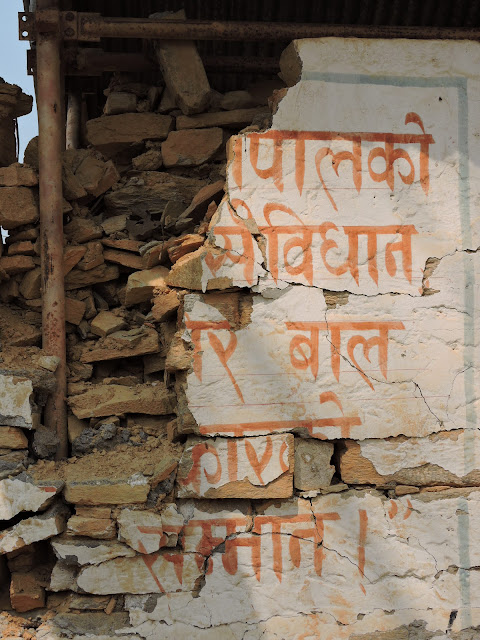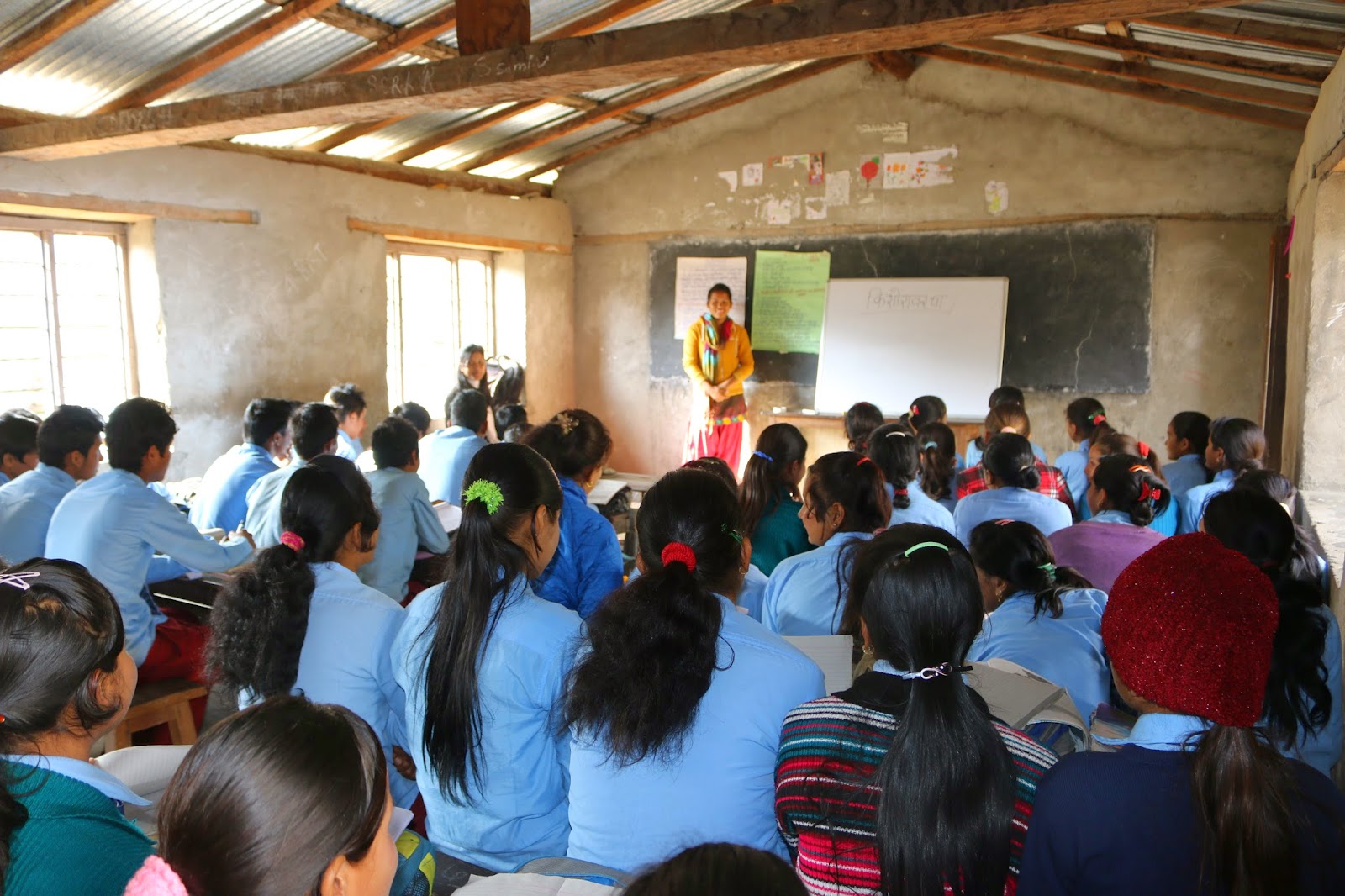By Maricar Garde
I recently visited Gorkha district in
the west of Nepal. With its hills and paddy fields, the place is serene and
picturesque. This belies the loss of lives and destruction that the community
saw only a year ago. Gorkha was the epicentre of the devastating earthquake
which struck Nepal in April 2015. More than 8,000 people died across the
country with children making up a quarter of the fatalities. Thousands lost
their houses and livelihoods.
 |
| Mothers with their young children who received UNICEF-provided cash grant in Gorkha District. |
 |
| A mother shows the registration card of her young daughter who received UNICEF-provided cash grant in Gorkha District. |
When large scale shocks happen—natural
disasters, famines or economic crises—households are often forced to cope with
the situation by reducing everyday consumption. In many cases, parents take
their children out of school with older kids going out to work to help the
family. Young girls are also at risk of early marriage or bceoming pregnant. For
example, there is evidence of teenage
pregnancies increasing as a result of the
Ebola crisis in Sierra Leone.
While negative coping mechanisms are seen
as temporary, their effects may bring a lifetime of consequences for children.
Poor nutrition in the early years—the first 1,000 days of lives—can lead to
stunted growth which doesn’t only affect physical growth. Stunting also affects
cognitive development which can lead to poor schooling outcomes and lower
earning potential later on in life. This has huge impacts on the economy. World
Bank estimates show that under-nutrition, in terms of lost national productivity
and economic growth, range from 2 to 3 per cent of gross domestic product (GDP) in some countries and up to 11 per cent of GDP in Africa and Asia each year.
The evidence
from the first round of the emergency cash transfer programme
show very high coverage rates. The independent assessment also indicates that
the cash grant was mostly used to purchase basic needs such as food, clothing,
medicine and household essentials. The cash grant was a much
needed lifeline to vulnerable people
affected by the earthquake.
Back in Gorkha, the commercial centre
is buzzing with activity. I saw students in the village walking to school
despite the difficult terrain made more challenging by the monsoon rains. The
Government’s housing reconstruction grant is finally underway with 70,000 programme
beneficiaries receiving the first tranche of the payment.
 |
| Adolescent girls walking to school in Gorkha District. |
The story doesn’t end here however. We
know that households will continue to face challenging situations in the next
two years as they rebuild their houses and livelihoods. With limited resources,
parents will be forced to prioritise household expenses. It is important that
children’s needs are not neglected during this period. Nepal has to build back
better, and that includes better health, nutrition and education. Building back
better hopefully also means building a brighter future for Nepal’s children.
Ms. Garde is Chief of Social Policy and Economic Analysis at UNICEF Nepal.
Follow her on Twitter at @ricagarde.
Follow her on Twitter at @ricagarde.




















































